Alliances With Rivals Increasing For MasterCard
In the pre-Internet days, companies rarely partnered with rivals. But in the post-Internet days, striking alliances with competitors has become a trend. Increasingly, competitors have become business partners rather than foes.
By GARY M. STERN, FOR INVESTOR’S BUSINESS DAILY
Posted 10/11/2013 04:16 PM ET
In the pre-Internet days, companies rarely partnered with rivals. But in the post-Internet days, striking alliances with competitors has become a trend. Increasingly, competitors have become business partners rather than foes.
MasterCard (MA), for example, joined with foreign exchange provider Travelex in August to create a multi-currency prepaid overseas credit card in a win-win tie-up for both companies. Consumers can travel overseas with a credit card available in five currencies including euros, British pounds, Australian dollars and Japanese yen.
In the past, not all retailers accepted credit cards globally and sometimes clients were charged high conversion fees. But the new cards are easily reloadable and replaceable overseas, says MasterCard.
Travelex serves as the retail outlet selling the travel cards to consumers while MasterCard is the network where the transactions for these cards flow, says Seth Eisen, a MasterCard spokesperson.
In the fast-changing markets created by the Internet and digital technology, forming alliances with competitors can increasingly boost revenue and help lure clients. However, players must sidestep certain traps to ensure these deals don’t fall apart and terminate abruptly.
Partnerships for MasterCard make good business sense because “we believe financially it can be greater than the sum of its parts,” said Michael Weitzman, group executive of products and solutions for U.S. markets at Purchase, N.Y.-based MasterCard. “MasterCard wouldn’t have the reach, and Travelex wouldn’t have the access” without the team-up, he said.
A Bigger Whole
By combining forces, it strengthens the product and benefits customers. “We have 35.9 million MasterCard locations, and they bring distribution in 23 countries around the world including major airports,” Weitzman said. Customers arrive at an airport, deposit value on their prepaid cards in specific currencies, and get the ability to buy goods and services overseas.
Weitzman says that these prepaid cards operate like traveler’s checks and yield security and peace of mind. They carry anywhere from $25 to a maximum of $8,500. The card can be reloaded, and consumers can add up to $5,000 in any 24-hour time period.
“The problem in the past with charging overseas was currency conversion fees, which can add anywhere from 1% to 3% to the cost of doing business with your U.S. credit card,” said Christopher Elliott, author of “How to Be the World’s Smartest Traveler.” Foreign exchange conversion fees still apply with the new prepaid cards, but fees are lower. Consumers, moreover, don’t have to pay reload or transaction fees, though there are ATM fees.
For MasterCard, the prepaid card strengthens the brand globally. “Our secret sauce is to authorize, clear and settle transactions between 23,000 financial institutions and 3,500 merchants,” Weitzman said.
Travelex declined to answer questions about the benefits it reaps from the partnership. But Weitzman says it extends MasterCard’s reach to more customers overseas. And the alliance enables Travelex to extend revenue on conversions and partner with a global brand like MasterCard.
MasterCard not only strengthens bonds with customers through the partnership, it also boosts revenue. It earns fees from these transactions and spikes overseas revenue.
While some experts point out how these partnerships can go awry when parties try to end them, Weitzman doesn’t see many pitfalls in these agreements. MasterCard operates in a thriving business-to-business network, and this deal is one of many, he says.
MasterCard encourages alliances with a variety of partners. “By definition, we’re not a credit card, we’re not a debit card, we’re a network and we do valued-added processing. This partnership makes travel safer for our consumers, both in the U.S. and abroad, and provides value to merchants,” Weitzman said.
Partnerships between competitors are on the rise. “If companies can expand the market for both firms rather than taking away market share, you’re looking at a win-win,” said Larraine Segil, author of “Intellligent Business Alliances.”
Transparency Helps
The Internet is spurring these partnerships with rivals. “It’s hard to keep things secret and easier to know what competitors are doing,” Segil said. Hence, business alliances make more sense.
One partnership that worked effectively from 1998 until 2011 was Kraft Foods (KRFT) and Starbucks (SBUX). In 1998, Kraft, which sells Maxwell House coffee, agreed to distribute Starbucks’ premium blend in grocery aisles.
Segil says both companies prospered from the pact. Starbucks strengthened its reputation and gained supermarket distribution from Kraft Foods.
“Kraft gained an entrepreneurial kicker for an old-fashioned brand without pizazz and access to a younger, hipper market,” Segil said.
Segil describes MasterCard’s alliance with Travelex as another win-win. If customers face hurdles using their MasterCard overseas, it can damage its reputation and erode market share. Travelex, by smoothing the way for MasterCard users, boosts its cachet by its association with a larger competitor and expands revenue as well.
MasterCard’s customers also benefit by having an easier time using their credit card overseas. For customers, “It’s a seamless transaction; no denial of service and they can charge in francs,” said Segil.
But these alliances also carry some traps. Partners need to be fully explicit about what is being agreed to, what is being shared, and whether any information must be withheld. “If there are unmet expectations, it’s a formula for failure,” Segil said.
Hence, these agreements need to include a clear exit strategy describing when and how the partnership will end.

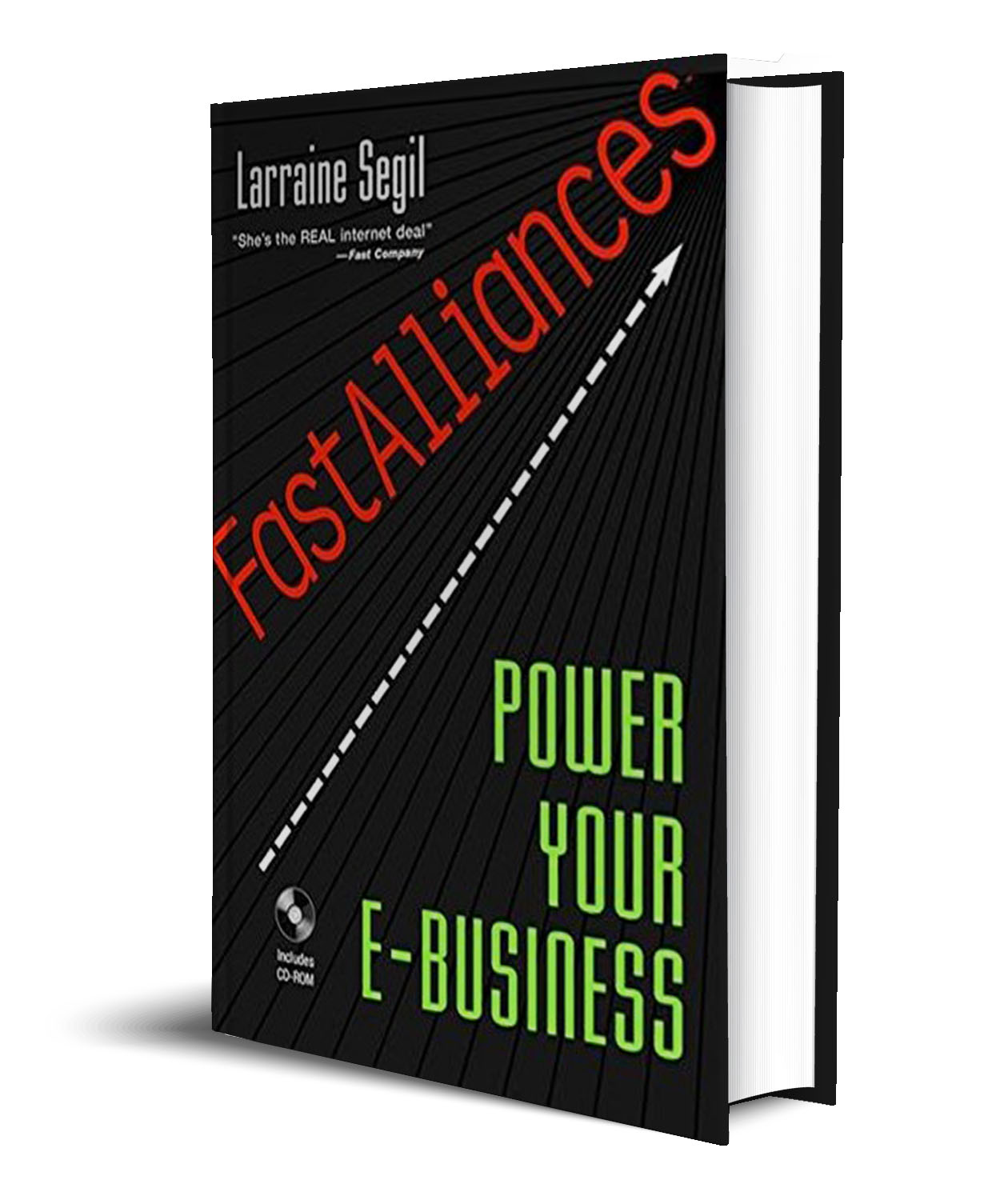
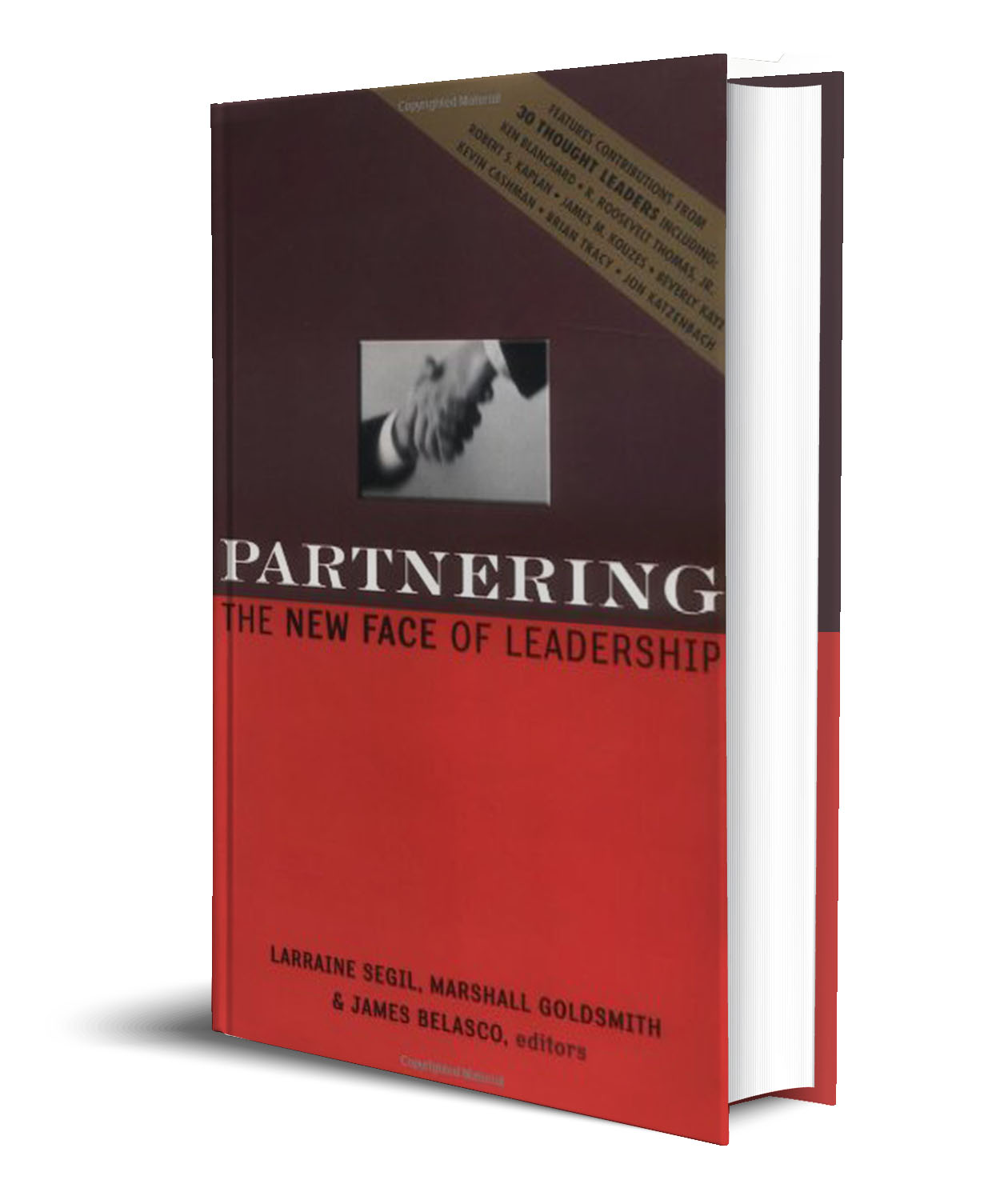
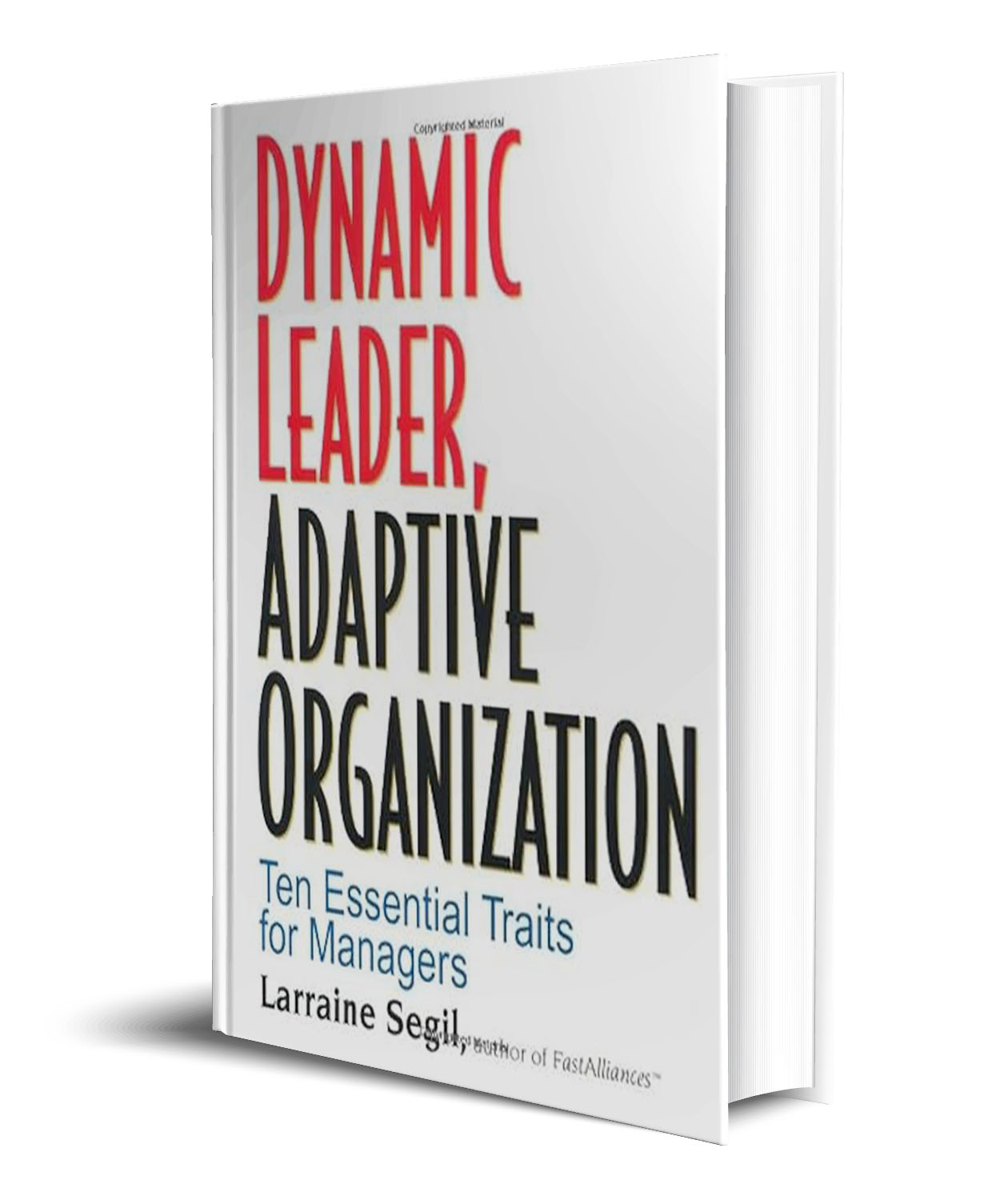
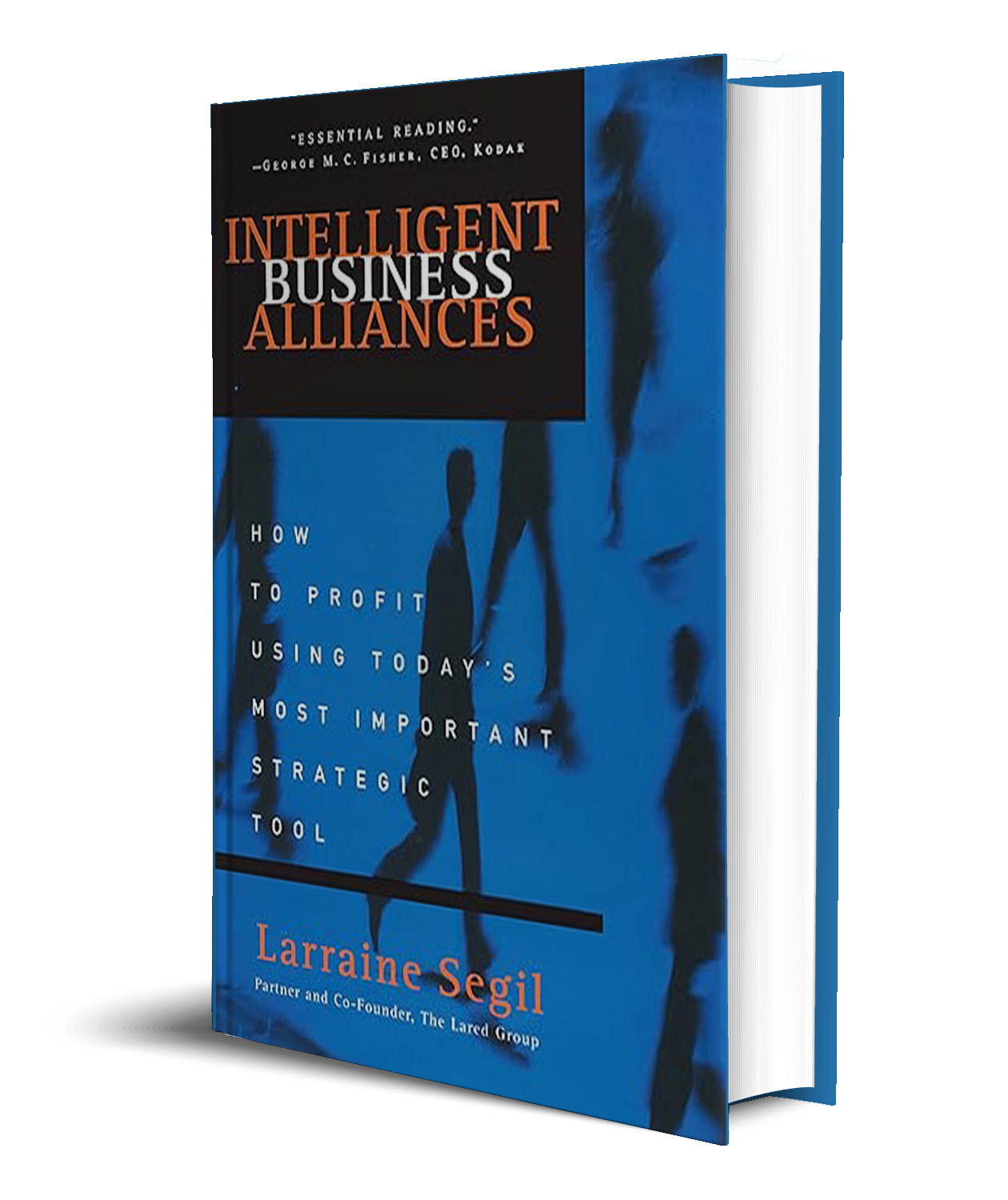
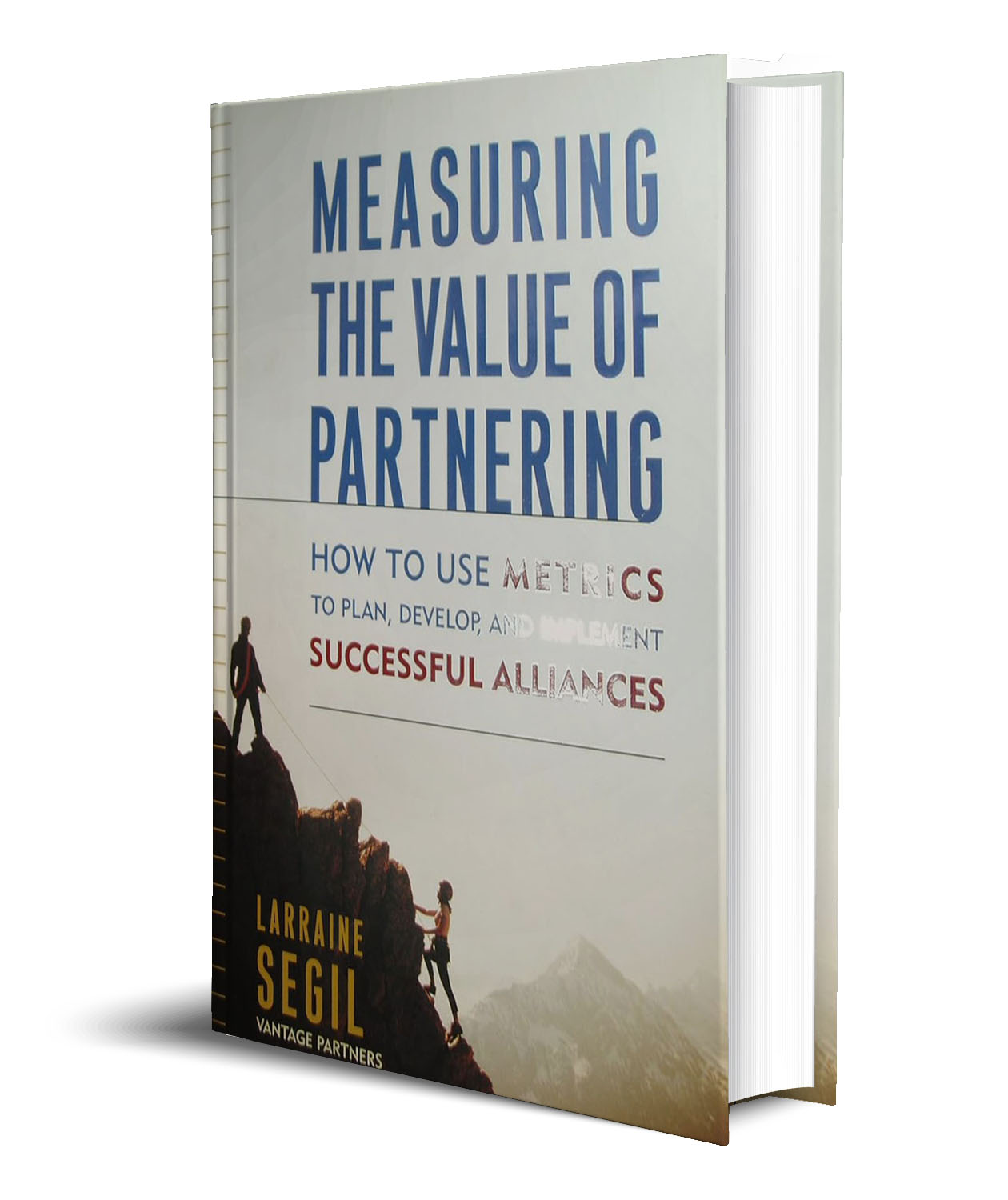
Leave a Reply
You must be logged in to post a comment.